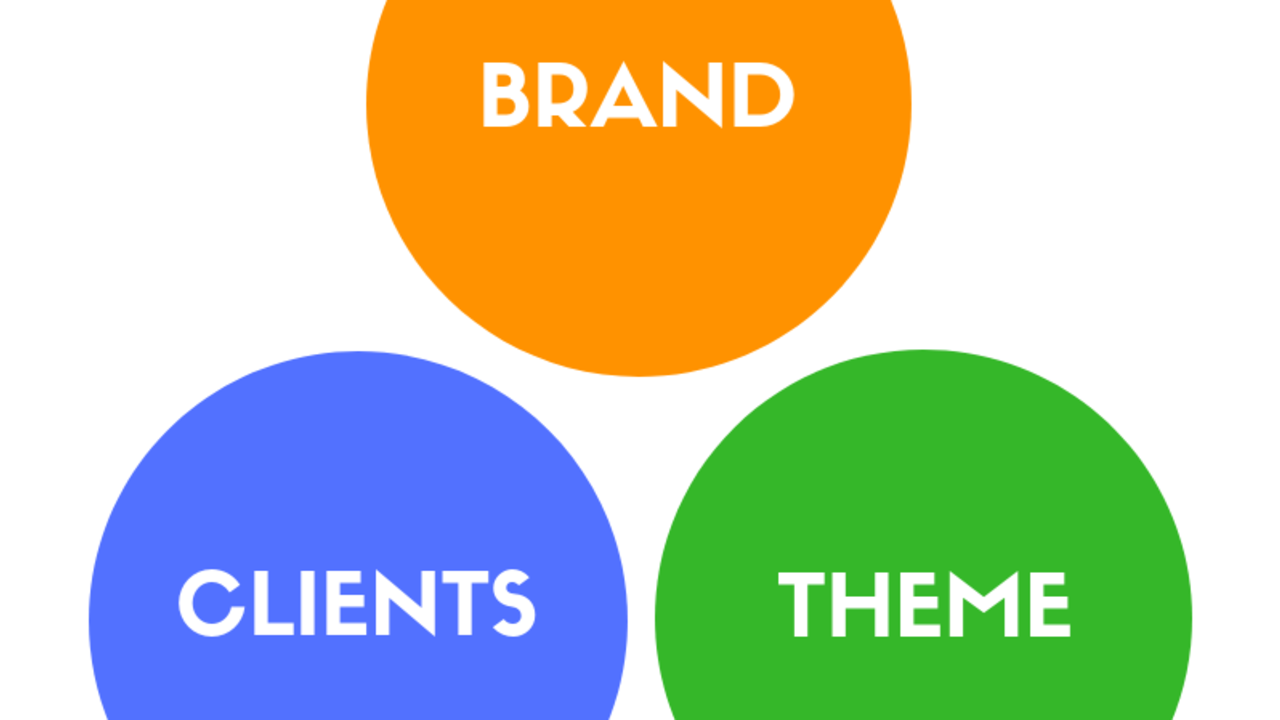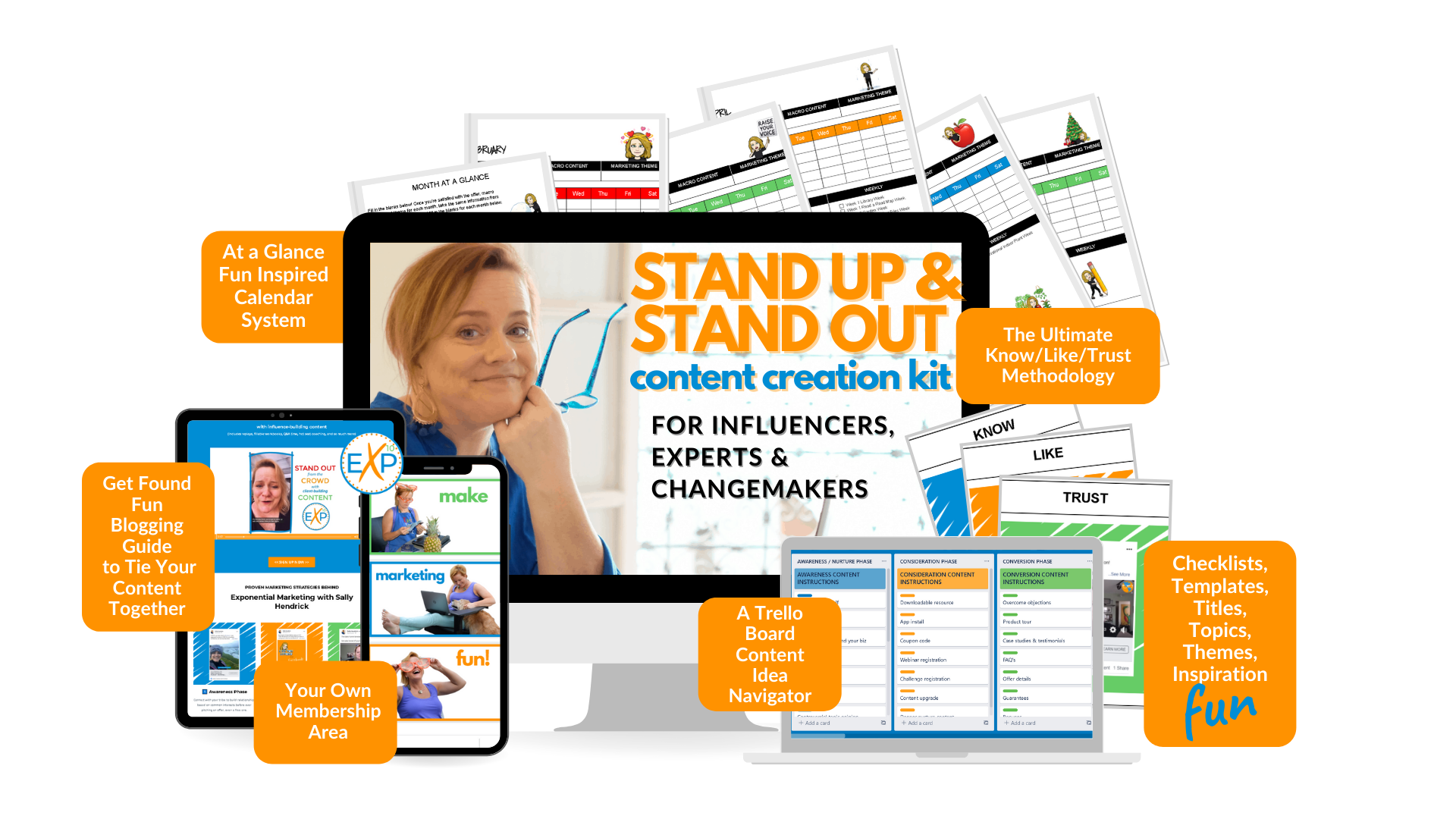How to Select Your Ideal Client Audience on Facebook to Reach Those More Likely to Do Business with You

What is an ideal client audience and why do you want to find it on Facebook?
Facebook is the number one traffic source for generating leads into businesses today, and it's the only platform that allows you to pinpoint your targeting based on the demographics and psychographics of your ideal clients. That means that you can serve your ads to those who are most likely to consider your business when they are looking for solutions to problems or challenges.
Facebook ads are different from search ads, like on Google, in that the perfect personal profile of every person who has an account on Facebook (over a billion people in the world and over 250 million in the US) can be digitized and targeted. That means that ads will be served directly to those people you've profiled.
How do you create a digital audience on Facebook to pinpoint your ideal clients' demographics?
First of all, selecting demographics is the easiest part. Most companies know if they serve men or women and the age ranges that most likely would entertain their businesses. If not, then consider looking at Facebook Audience Insights to find a competitor brand that serves your clients.
For example, if you are a female fitness instructor, take a look at Jillian Michaels' profile on Facebook.

Note that 93% of her audience is women, and 36% of those women are between the ages of 35 and 44. Does that make sense for your fitness business? If so, this is a good start to defining the demographics of your ideal client audience.
How do you create an ideal client audience on Facebook based on psychographics?
There are 3 main components to selecting psychographics, also known as interests or specific characteristics of your ideal clients:
- Brand
- Client traits
- Common interests / Marketing Theme

If you are a personal brand, finding common interests between you and your ideal clients is a way to find your tribe, those who are the most dedicated to your brand.
If you would rather find ideal clients with a marketing theme, then use that as your basis for the third element.
When you are selecting detailed targeting, everything you put into one box will be targeted with OR logic. This means that if they like this interest or that interest, they'll all be targeted.
If you separate targeting boxes with the Narrow Audience option, you are using AND logic, meaning that they must like something in the first box AND something in the second box, and so on.

Note in this example that we are choosing those who like Jillian Michaels (brand) AND those who are parents (client traits) AND those who like skiing (marketing theme or common interest).
By separating the interests with the Narrow Further button, you end up with the cross-section of all these people, rather than targeting all of them added together. This will give you a much better outcome in your advertising results.

What creative would go with this type of ideal client audience?
Now you have to consider what your ad would actually look like. In this case, you could be offering a workout regimen for a family going on vacation to ski. These workouts would get them in shape, so their skiing adventure comes with less muscle aches and pains.
Here's an example of a stock photo that would work well with an ad like this.

Put it all together: Audience & Creative
Now you have your ideal client audience created, a stock photo that fits well with your theme, and your offer that ties the audience and creative together.
It's your turn. How will you put your first saved audience together for a Facebook ad? Feel free to post your ideas and questions in our online group.
Get content-making tips and my FUNNY HOLIDAYS calendar for FREE for daily content inspiration!


